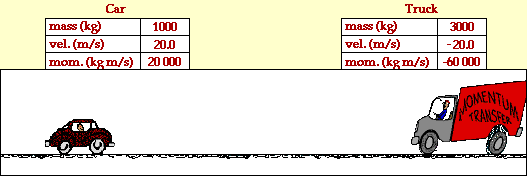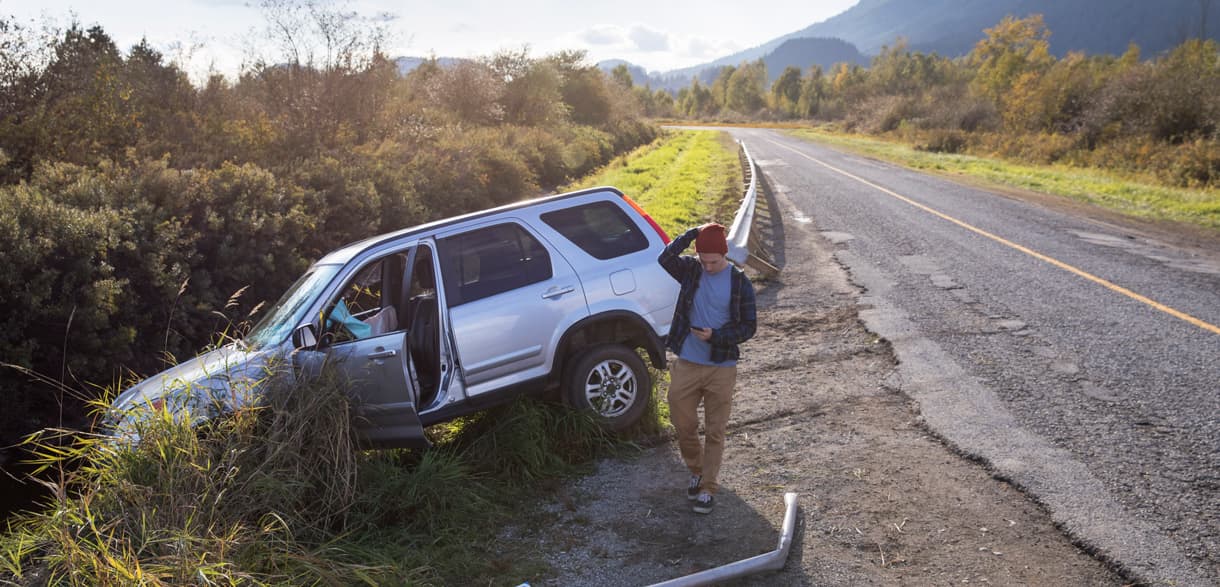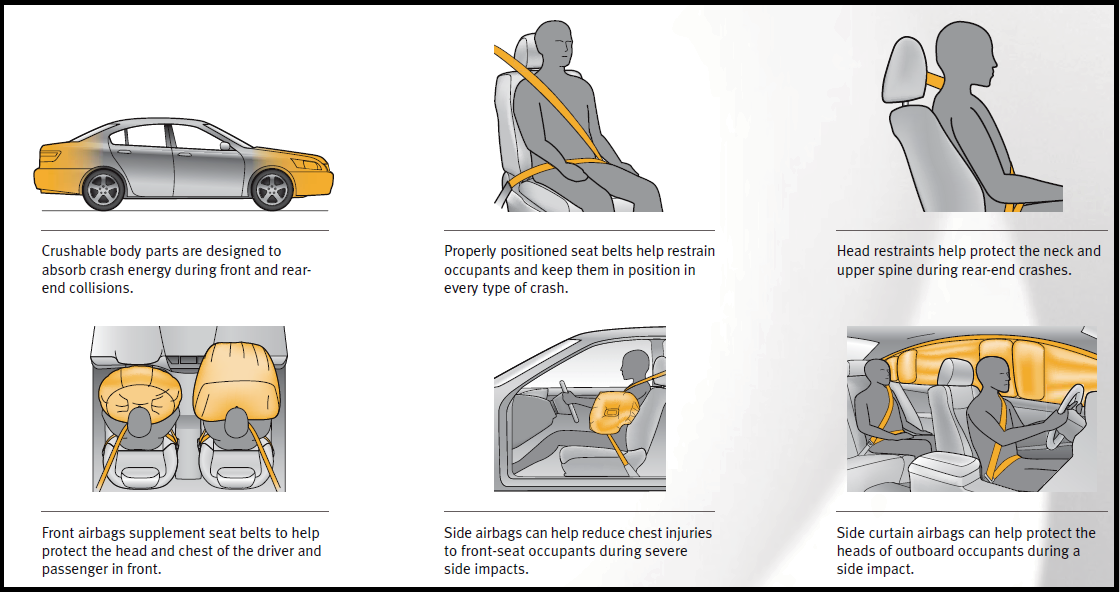Impact Insights: Unfolding the Science Behind Car Crashes

by AutoExpert | 13 October, 2023
The open road, a realm of freedom, yet it holds a potential risk every time we buckle up and set forth. Car crashes are a grim reality, but beneath the screech of tires and the jarring halt, there’s a captivating science at play. Let’s unravel the forces, reactions, and vehicle dynamics that sketch the narrative of a car crash.
The Prelude: Speed and Momentum
The story begins with the speed of the vehicle as it journeys on the road.

- Momentum: The momentum of a car is the product of its mass and velocity. A high-speed collision involves a sudden change in momentum, which according to Newton’s laws, leads to forces that can cause significant damage.
The Encounter: The Physics of Impact
The moment of collision is a dramatic dance of physics principles.
Kinetic Energy: At the point of impact, the kinetic energy is transformed into other forms of energy. In a car crash, it’s often converted into sound energy (the crash sound), and deformation energy (the crumpling of metal).
Impulse and Force: The impulse experienced by the car is the product of the force exerted on it and the time over which this force is applied. Higher speeds often result in greater forces and potentially more damage.

The Reaction: Vehicle Response
The response of the vehicle during and after a crash is a fascinating study of science and engineering.
Crumple Zones: Modern cars are engineered with crumple zones that absorb some of the crash energy, reducing the force felt by occupants. For instance, in a frontal collision, the front crumple zone deforms to absorb the shock.
Restitution: The coefficient of restitution, a measure of how bouncy a collision is, also plays a part. A higher coefficient indicates a more elastic collision, where the vehicles bounce back, while a lower coefficient indicates a more inelastic collision, where the vehicles may stick together.

Safety Harness: The Science of Protection
Advancements in safety technology are a testament to our understanding of crash physics.
- Airbags and Seatbelts: Airbags deploy using sensors that detect a sudden deceleration, cushioning occupants from the harsh forces. Seatbelts stretch slightly to reduce the stopping force, showcasing the meticulous science embedded in safety features.

A Narrative of Survival
The science behind car crashes isn’t just a tale of forces and impacts; it’s a narrative of survival, a push towards engineering advancements that shield us from the unforgiving laws of physics. Each crash unravels a lesson, fueling the drive towards safer automotive designs, ensuring that our journey on the road is less perilous and more forgiving.

















